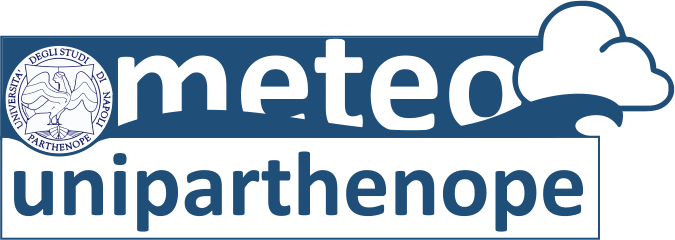ROMS is a free-surface ocean model widely used by the scientific community for a lot of range of applications to observe: Ocean currents; Dynamics of the cryosphere; Sediment transport; Tidal cycles; Biogeochemical cycles; Dispersion of pollutants. The present form of ROMS is an evolution of the Scoordinate Rutgers University Model (SCRUM) described by Song and Haidvogel (1994).
ROMS includes accurate and efficient physical and numerical algorithms and several coupled models for biogeochemical, sediment, sea ice and tracers applications, in addition to many patterns of vertical mixing, multiple levels of nesting and composed grids. For computational economy, the hydrostatic primitive equations for momentum are solved using a split-explicit time-stepping scheme which requires special treatment and coupling between barotropic (fast) and baroclinic (slow) modes. In the vertical, the primitive equations are discretized over variable topography using stretched terrain-following coordinates (Song and Haidvogel, 1994). The stretched coordinates allow increased resolution in areas of interest, such as thermocline and bottom boundary layers. In the horizontal, the primitive equations are evaluated using boundary-fitted, orthogonal curvilinear coordinates on a staggered Arakawa C-grid. ROMS is a component of the operational model chain at the CCMMMA, specifically, in order to obtain real simulation, the atmospheric forcing are generated with the aid of the numerical model Weather Research and Forecasting (WRF), while for the initial and boundary conditions were used data products within the European project MyOcean.
In the future... ROMS at CCMMMA will implemented with four nesting levels: Mediterranean Sea (d01) Italy (d02) Campania Region (d03) Gulf of Naples (d04) ROMS will be integrated with a passive tracers dispersion model in order to assess how the dynamics of the basin affect the dispersion of the tracer into the sea.

